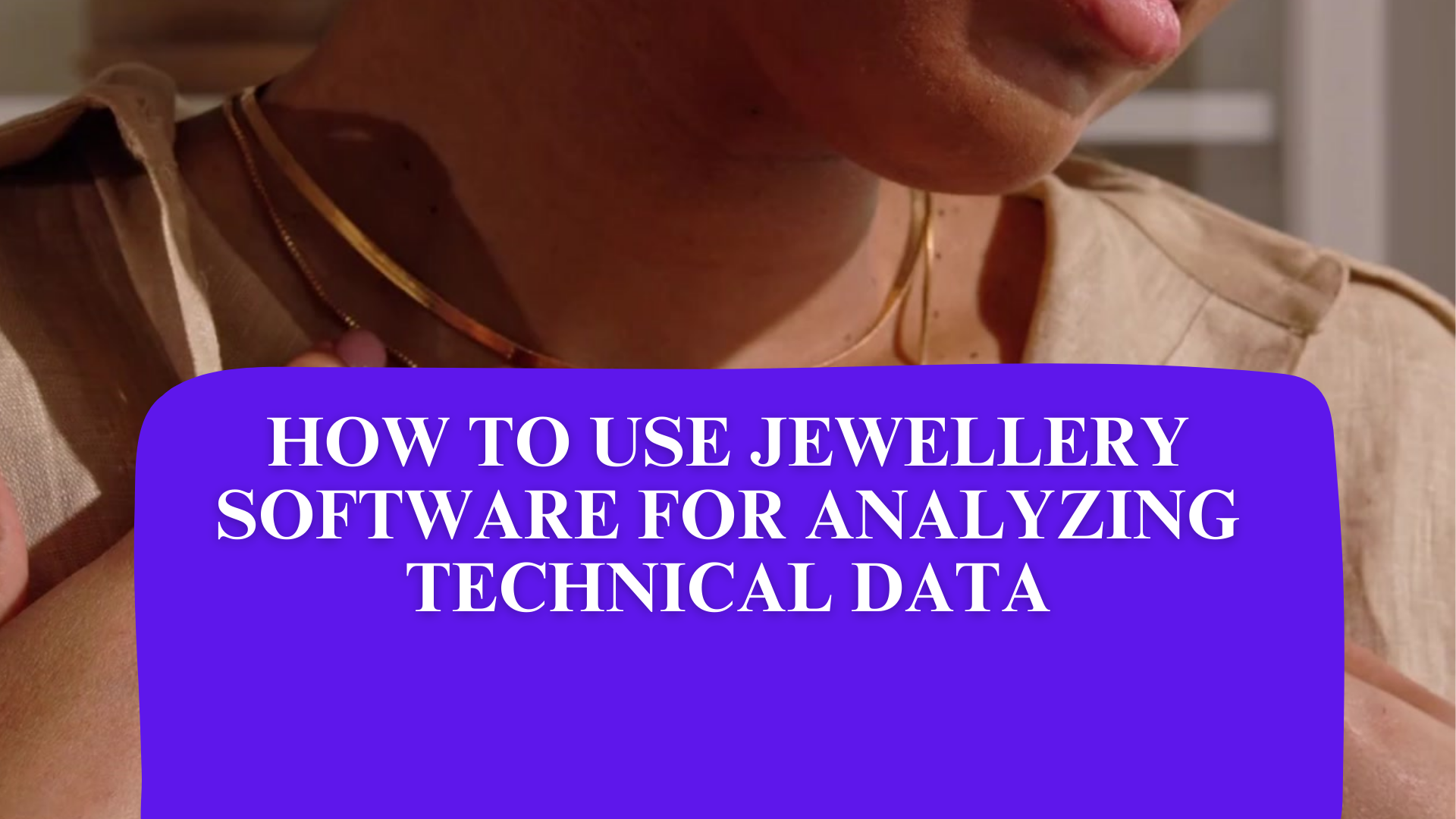In today’s fast-paced world, jewelry businesses rely on technology to streamline their operations and make informed decisions. Jewellery software plays a crucial role in managing various aspects of a jewelry store, from inventory management to sales analysis. In this blog post, we’ll explore how to effectively use jewelry software to analyze technical data and improve your business.
Understanding Jewelry Sales Statistics
Jewelry sales statistics provide valuable insights into your business performance. By analyzing sales data, you can identify trends, understand customer preferences, and optimize your inventory. Here are some key points to consider:
- Jewelry Sales Trends: Use your jewelry software to track sales over time. Look for patterns, such as seasonal spikes or specific product categories that perform well during certain months. Adjust your inventory and marketing strategies accordingly.
- Customer Demographics: Analyze sales data to understand your customer base. Which age groups are buying the most? Are there gender-specific preferences? Use this information to tailor your marketing efforts.
- Best-Selling Items: Identify your top-selling jewelry pieces. Is there a specific design, gemstone, or metal that resonates with customers? Focus on promoting these items.
Leveraging Data for Jewellers
As a jeweler, you deal with intricate designs, precious metals, and gemstones. Here’s how jewelry software can assist you:
- Inventory Management: Keep track of your jewelry pieces, including details like weight, purity, and gemstone specifications. Jewelry software helps you organize inventory efficiently.
- Pricing Strategies: Use historical sales data to set competitive prices. Understand the market value of gold, diamonds, and other materials. Adjust your pricing based on demand and supply.
- Repair and Maintenance: Jewelry software allows you to manage repair requests and track the status of each piece. Keep your customers informed about the progress.
The Role of POS Systems for Jewelry Stores
A POS (Point of Sale) system is essential for smooth transactions. Here’s how it benefits jewelry stores:
- Sales Tracking: A POS system records every sale, providing real-time data. Monitor daily, weekly, and monthly sales to make informed decisions.
- Customer Relationship Management (CRM): Capture customer information during transactions. Use this data for personalized marketing campaigns and loyalty programs.
- Inventory Control: Link your POS system with your inventory database. When an item is sold, it automatically updates the stock levels.
Jewelry Store Management Software
Running a jewelry store involves multiple tasks. Jewelry store management software simplifies these processes:
- Billing and Invoicing: Generate accurate invoices for customers. Include details like item descriptions, prices, and taxes.
- Employee Management: Track employee schedules, commissions, and performance. Ensure smooth operations within your team.
- Reports and Analytics: Access detailed reports on sales, inventory, and financial performance. Use these insights to make strategic decisions.
Conclusion
In summary, jewellery software is a powerful tool for analyzing technical data in the jewelry industry. By leveraging sales statistics, managing inventory, using POS systems, and implementing store management software, you can enhance efficiency and drive growth. Stay informed, adapt to trends, and continue delighting your customers with exquisite jewelry!











